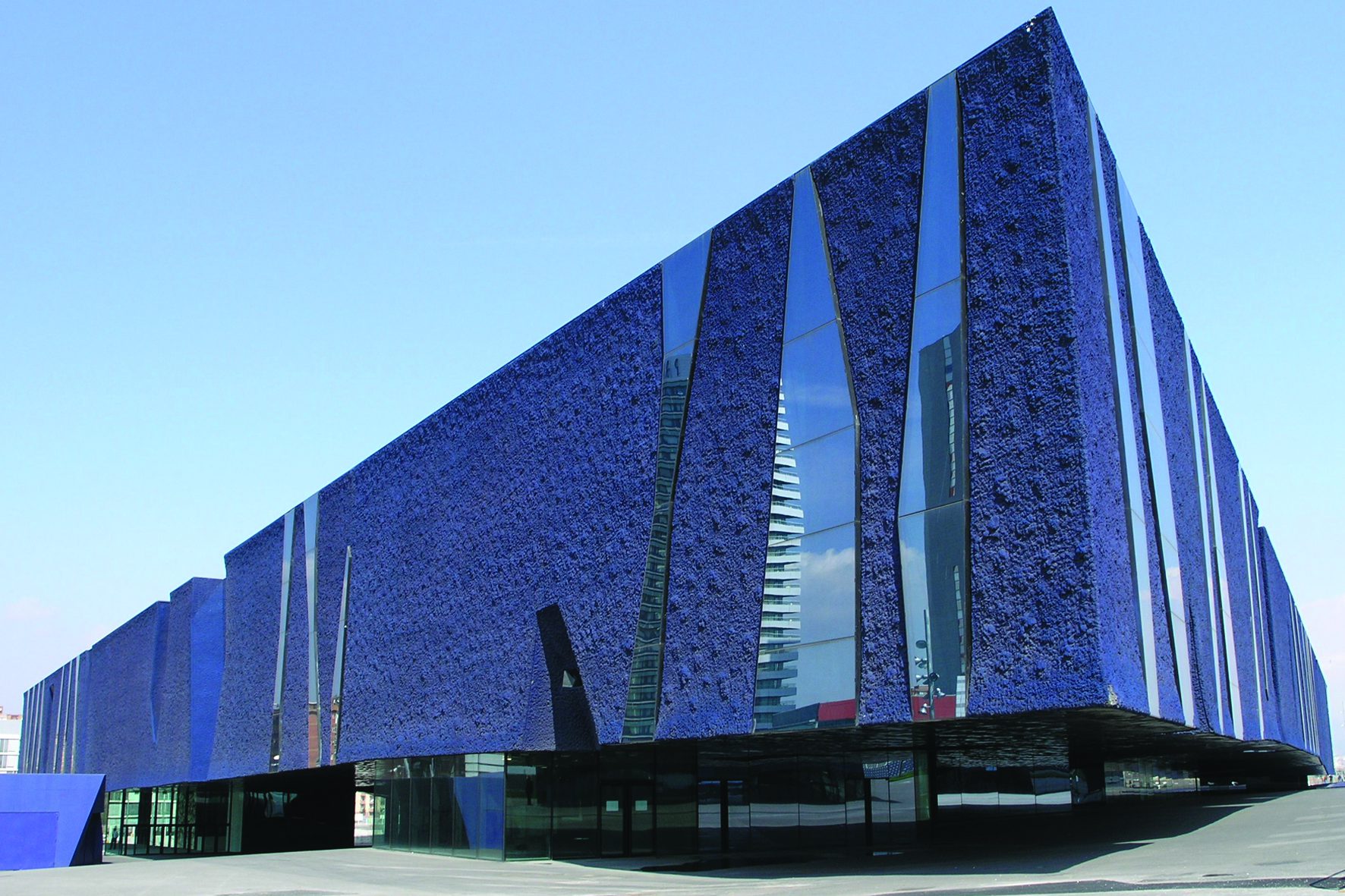Beginning with collaboration
Were we to consider an innovation process more as an intent to arrive at excellent collaboration then we would best begin by talking a lot about mindset and particularly about the differences between them and how they can share, value and make use of their differences .
Apart from the direct knowledge and experience that go to constitute a key aspect of mindset there are also the kind of processsing aspects of mindset which are vital to how individuals make use of what they know.

We All Know a Bit
We all sort of end up knowing a bit about these process aspects and how we tackle tasks and problems in ourselves and in others but we always could know more and improve our understanding and tolerance of mindsets that don’t function like our own. In innovation it is useful to have some mindsets that can look at things anew and from a different angle, and find (in Brian Arthur’s phrase) novel recombinations in existing knowledge. Also essential are the minds that delight in the rigorous testing of ideas and those minds that lose themselves in reworking and the recombining of bits and pieces. Vital to remember is that all mindsets need to be capable of working respectfully and effectively, though not always harmoniously together. Effective collaboration is not about getting homogeneity in approach, there is a need for some irritants. Good to think more about the idea of orchestration, where cacophony is to be avoided but surprise is to be welcomed.

Best to keep in mind that the same knowledge resource can be there across so many mindsets though rarely in exactly the same way. In one mindset, knowledge might almost be there to be played with and there is high tolerance of ambiguity, with another it is the desire to interrogate though not to attack, ambiguity head on, ask tough questions and be tough on the answers. Probably when it comes to innovation there must be an appetite for detail and a dogged persistence and to never lose sight of the bigger picture.
Some of us have multi-faceted mindsets but most of us have preferences and are stronger in one aspect, which is not to say that we can only do the one and not the other.
If the intent is to collaborate, it is vital is to hold good conversations about mindsets and to share what is learnt. Because be under no illusions your mindset can all too easily trick you into thinking that of course you know the assumptions you make or have made and that they are well founded on truth and logic. Getting to a good conversation over mindset is no walk in the park.

Getting to grips with and sharing the assumptions – your own and others – is just so critical to real innovative activity. Furthermore in large enterprises sharing assumptions can be even more challenging, and when a number of enterprises set out to collaborate an element that muddies the waters even further are the conditions and systems of the various enterprises. Often thought about as a culture, it is these environments that are in effect a further mindset and one which acts as a powerful filter on the assumptions of individuals and helps to make sharing even trickier.
